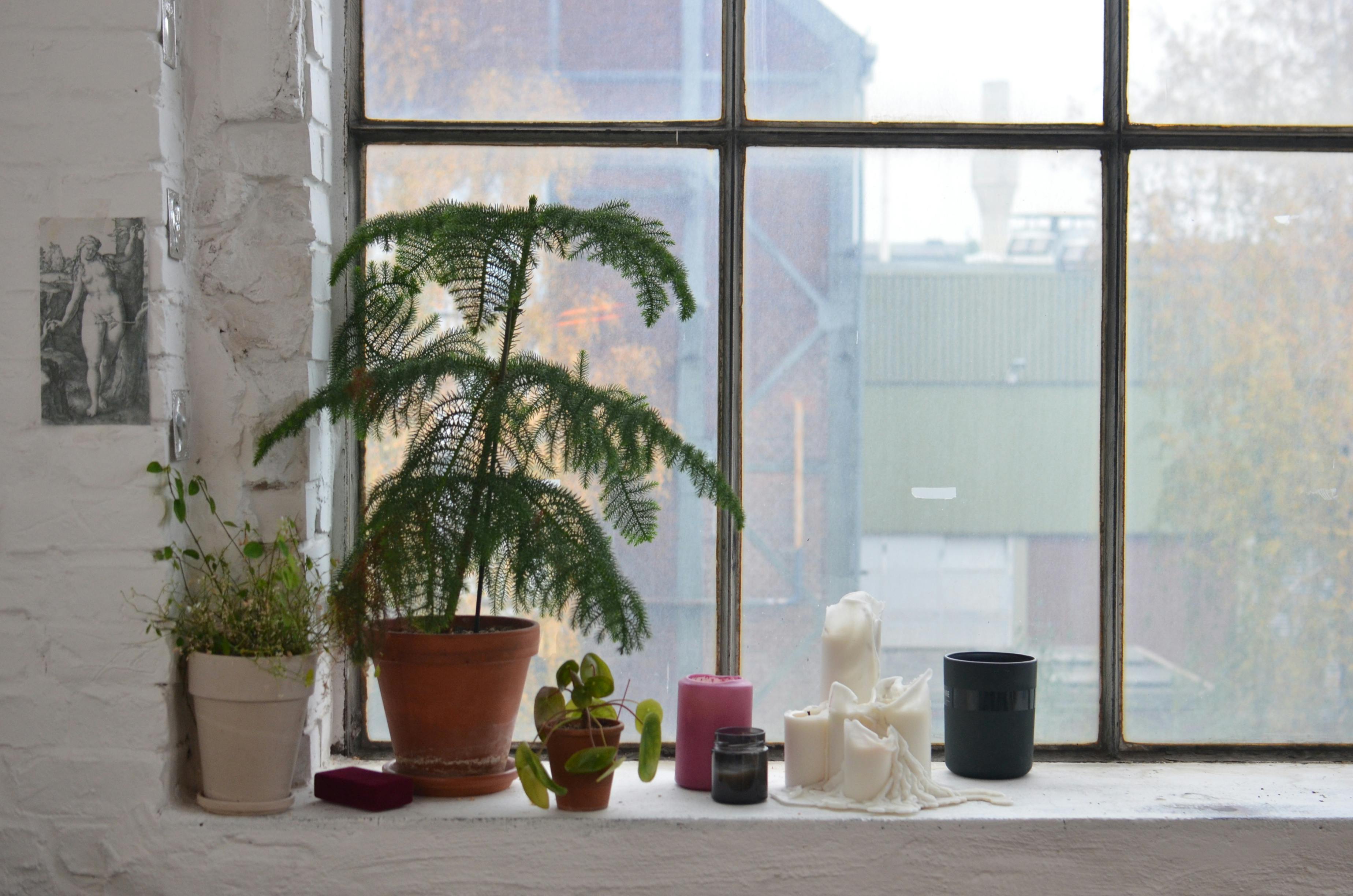Structural Insulated Panels are an insulated panel construction system consisting of expanded polystyrene insulation laminated between sheets of structural cladding. This simple sandwich panel forms an incredibly strong insulating panel for the construction of walls, ceilings and floors for small houses or commercial buildings.
When building a new structure, homeowners and construction professionals are concerned about the potential for mold growth. Mold problems in structures are usually directly related to a moisture problem. Common moisture problems are the result of water leaks and/or lack of attention to flashing and construction details. The molds that concern the construction industry get their nutrients from the starches and sugars in wood and paper products. OSB facings of structural insulating panels are organic and can be attacked by mold in the presence of excessive moisture. However, SIPs can be treated with a coating that will provide built-in protection, reducing the potential for mold growth to occur within the OSB skin.
One coating option used in the wood industry to protect against mold is called FrameGuard®, from Arch Chemical. In addition to protecting traditional wood components, FrameGuard can be used to treat SIPs. The siding is factory applied and protects the SIP siding against mold, as well as fungal and termite damage. Its combination of anti-mold fungicides and borate technology makes wood products unsuitable for feeding termites and fungi that can thrive on untreated surfaces. From the moment building materials arrive at the jobsite, during construction, and after structure occupancy, FrameGuard cladding continues to protect the SIP structure and owner’s investment. Preventing mold growth means fewer mold spores in the air, which contributes to healthier indoor air. The coating also means that building owners won’t have to worry about problems with wood-destroying organisms. The properties of FrameGuard wood have been widely recognized in trade magazines and in environmental circles. It has won a Green Building Award from the National Association of Home Builders and is listed in the GreenSpec® directory of environmentally preferable products.
When building a new home, this is your only chance to specify mold-resistant structures and prevent future mold problems. Careful selection of building materials can protect against future costly repairs due to mold, mildew, and termites.
